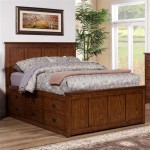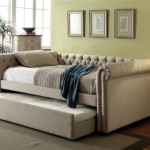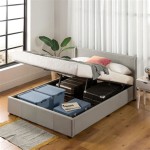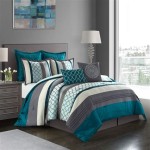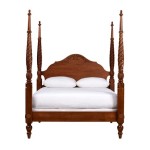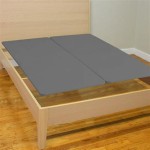Do Bed Bugs Eat Through Plastic?
Bed bugs are notorious pests known for their ability to infest homes and feed on human blood. This often leads to concerns about their potential to damage belongings, including items stored in plastic containers. This article explores the relationship between bed bugs and plastic, examining whether these insects can eat through this common material.
Key Points About Bed Bugs and Plastic:
- Bed bugs do not eat plastic.
- They are not equipped to chew or digest plastic polymers.
- Plastic can serve as a barrier against bed bugs.
Bed bugs are not equipped to consume or digest plastic. Their mouthparts are designed for piercing skin and sucking blood, not chewing or breaking down solid materials like plastic. They lack the necessary enzymes and digestive mechanisms to process synthetic polymers. Therefore, the notion of bed bugs eating through plastic is a misconception.
Key Points About Bed Bug Behavior:
- Bed bugs are attracted to warmth and carbon dioxide.
- They primarily seek out humans as a food source.
- They are adept at hiding in small crevices.
While bed bugs cannot eat through plastic, they can exploit small gaps or imperfections in plastic containers. If a container isn't completely sealed, bed bugs can squeeze through tiny openings and gain access to the contents inside. This is particularly true for thin, flexible plastics or containers with loose-fitting lids. Therefore, it's essential to use airtight containers to safeguard belongings from bed bug infestations.
Key Points About Protecting Belongings:
- Use airtight, hard plastic containers for storage.
- Ensure containers are free of cracks or gaps.
- Regularly inspect stored items for signs of bed bugs.
Hard, rigid plastics offer better protection against bed bugs compared to thin, flexible plastics. Thick plastic containers with secure, snap-on lids are ideal for storing items and preventing bed bug entry. These containers create a physical barrier that bed bugs cannot penetrate. However, it's crucial to inspect these containers regularly for any damage or gaps that could compromise their effectiveness.
Using plastic mattress encasements is a common strategy for managing bed bug infestations. These encasements completely envelop the mattress and box spring, trapping any existing bed bugs inside and preventing new ones from taking hold. The encasement acts as a barrier, preventing bed bugs from accessing the mattress and feeding on the sleeping individual. It's important to choose high-quality encasements specifically designed for bed bug control and ensure they are properly installed without any tears or openings.
Key Points About Plastic Mattress Encasements:
- Traps existing bed bugs inside the encasement.
- Prevents new bed bugs from infesting the mattress.
- Should be made of durable, bite-proof material.
Plastic can be a useful tool in managing bed bug infestations, primarily as a barrier material. Plastic storage containers and mattress encasements can help protect belongings and bedding from these pests. However, it’s important to understand that plastic is not foolproof. Bed bugs can exploit small openings and gaps, highlighting the need for careful selection and regular inspection of plastic containers and encasements.
When dealing with a bed bug infestation, it's recommended to consult with a pest control professional. They can assess the severity of the infestation and recommend appropriate treatment strategies. While plastic can be a helpful component of an integrated pest management plan, it's rarely a standalone solution. Professional treatments are often necessary to eliminate bed bugs effectively.
Key Points About Professional Pest Control:
- Pest control professionals can effectively eliminate bed bug infestations.
- They can assess the severity of the infestation and recommend appropriate treatments.
- Integrated pest management strategies often involve multiple approaches.
Plastic sheeting can be used during bed bug treatments to protect furniture and other items. This helps prevent pesticide residue from settling on these surfaces. However, it's essential to use thick, durable plastic sheeting and ensure it's properly sealed to prevent bed bugs from escaping or finding refuge underneath.
While the question of whether bed bugs can eat through plastic is often raised, the reality is that these pests are not equipped to consume or digest this material. Plastic serves as a barrier, not a food source, for bed bugs. Understanding this distinction is crucial for developing effective strategies to prevent and manage bed bug infestations.

Can Bed Bugs Go Through A Plastic Mattress Cover

Can Bed Bugs Eat Through Plastic Ess Universal

Do Bed Bugs Lay Eggs On Plastic Bedbugs

How Long Do Bed Bugs Live In A Plastic Bag Pestseek

Do Bed Bugs Hide In Roles Of Packaged Toilet Paper Bedbugs

Can Bed Bugs Bite Through Clothing Or They T

Can Bed Bugs Come Through A Plastic Mattress Cover The Sleep Judge

Can Bed Bugs Go Through A Plastic Mattress Cover

How To Get Rid Of Bed Bugs While Traveling Destinationless Travel

Can Bed Bugs Bite Through Clothing Or They T
